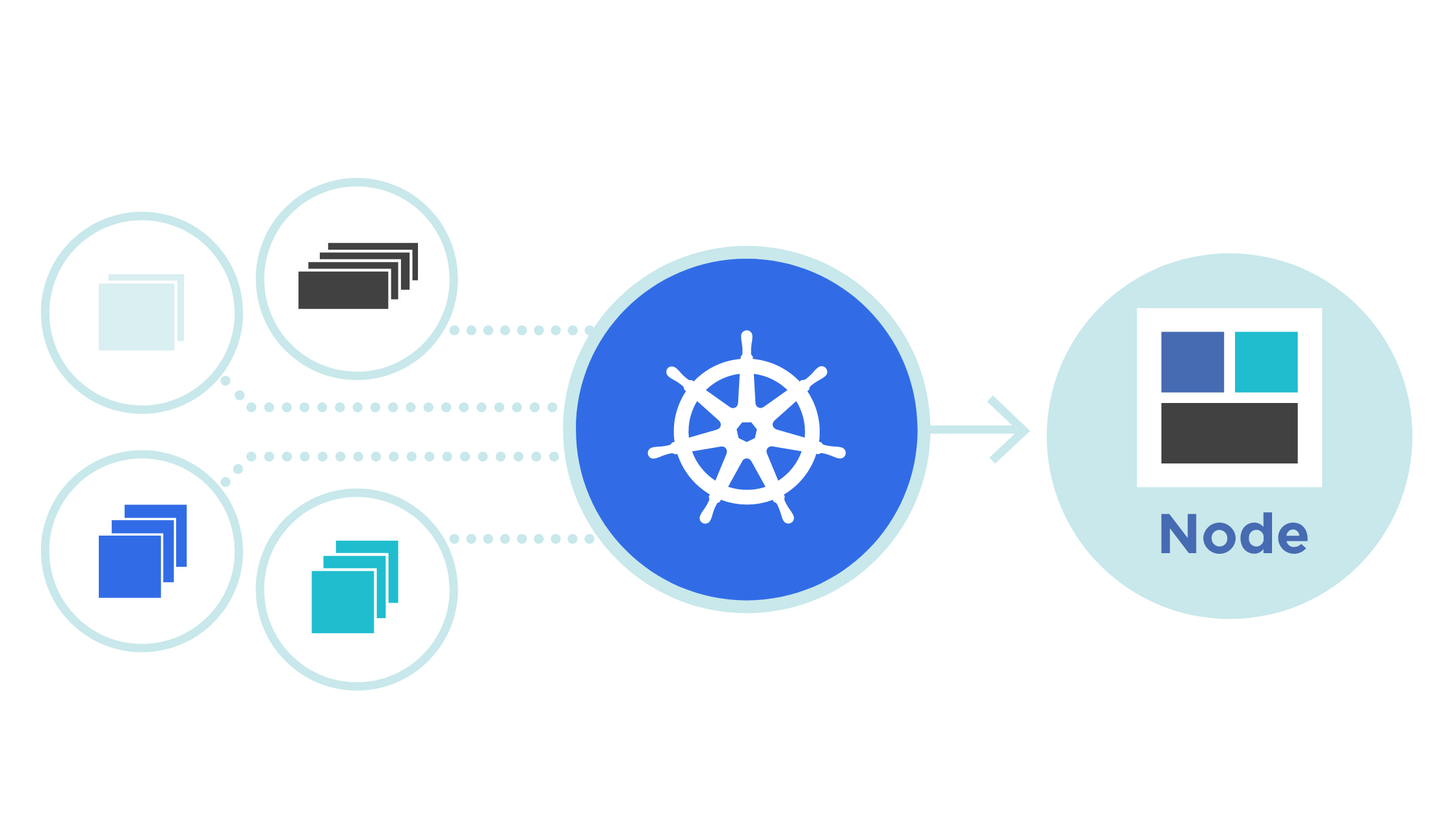Kubernetes: A Key DevOps Tool for Modern Software Development
What is Kubernetes?
Kubernetes is an open-source platform that automates the deployment, scaling, and management of containerized applications. It helps manage clusters of containers efficiently, making it easier to deploy and manage applications in a cloud environment.
At its core, Kubernetes simplifies the process of deploying applications by automating tasks such as resource allocation, load balancing, and scaling. It allows developers to focus on writing code without worrying about the underlying infrastructure complexities.
One of Kubernetes’ key features is its ability to orchestrate containers across multiple nodes, ensuring high availability and fault tolerance. It can automatically detect and recover from failures, ensuring that applications remain operational and responsive.
Additionally, Kubernetes offers a rich ecosystem of tools and extensions, making it highly customizable and adaptable to different use cases. It integrates seamlessly with container runtime environments like Docker and container orchestration services provided by cloud providers.
Overall, Kubernetes has become a cornerstone technology for managing cloud-native applications, enabling organizations to build scalable, resilient, and efficient software solutions in today’s dynamic computing landscape.
Key Features of Kubernetes
Container Orchestration
Kubernetes manages containers at scale, allowing you to deploy, update, and scale containerized applications seamlessly.
Automatic Load Balancing
Built-in load balancing distributes traffic among containers, ensuring optimal performance and reliability.
Automatic Bin Packing
Kubernetes optimises resource utilisation by automatically placing containers based on resource requirements and constraints.
Self-Healing
Automated processes restart failed containers, replace unresponsive ones, and enforce specified constraints.
Service Discovery and DNS
Built-in capabilities allow containers to discover and communicate with each other within the cluster.
Horizontal Scaling
Applications can scale horizontally by adding or removing replicas based on demand.
Rolling Updates and Rollbacks
Supports rolling updates for seamless application updates without downtime, as well as rollbacks to previous versions in case of issues.
Configuration Management
Kubernetes manages application configurations separately from containerized applications, allowing for easy configuration updates without modifying container images.
Secrets and Configuration Management
Kubernetes provides a secure way to manage sensitive information such as passwords, API keys, and certificates using secrets.
Resource Monitoring and Logging
Integrates with monitoring and logging solutions to provide visibility into cluster health, resource usage, and application performance.
Benefits of Kubernetes
Scalability
Kubernetes enables you to scale applications effortlessly to handle varying loads, ensuring high availability and performance.
Portability
It supports multi-cloud and hybrid cloud environments, allowing you to deploy and manage applications consistently across different infrastructure providers.
Efficiency
Kubernetes automates many aspects of application deployment and management, reducing manual intervention and improving operational efficiency.
Reliability
With built-in self-healing capabilities and automatic load balancing, Kubernetes helps ensure that applications are highly available and resilient to failures.
Cost-Effectiveness
By optimizing resource utilization and supporting dynamic scaling, Kubernetes helps reduce infrastructure costs while maintaining performance.
Developer Productivity
Kubernetes simplifies the deployment and management of containerized applications, enabling developers to focus more on coding and less on infrastructure concerns.
Ecosystem and Community
Kubernetes has a vibrant ecosystem with a wide range of tools, plugins, and integrations, supported by a large community of developers and contributors.
Key Concepts of Kubernetes
Containers
Kubernetes works with containers, which are lightweight, portable, and isolated environments that encapsulate an application and its dependencies. Containers enable developers to package applications once and run them anywhere, making deployment and scaling more manageable.
Cluster
In Kubernetes, a cluster is a collection of nodes (servers) that work together to run containerized applications. Each cluster consists of a master node that controls the cluster’s state and worker nodes where the application containers are deployed.
Pods
A “pod” in Kubernetes refers to the most compact deployable entity. It accommodates multiple containers that collaborate on resources and networking within the Kubernetes ecosystem. Kubernetes takes charge of scheduling and overseeing pods to guarantee robust availability and scalability.
Deployment
Kubernetes uses deployments to manage the rollout and scaling of applications. A deployment defines the desired state of the application, such as the number of replicas (copies) and update strategy, allowing Kubernetes to handle the deployment process automatically.
Importance of Kubernetes in DevOps
Kubernetes plays a crucial role in modern DevOps practices for several reasons:
Scalability
Kubernetes enables automatic scaling of applications based on demand, ensuring optimal resource utilization and performance.
High Availability
Kubernetes ensures high availability by automatically restarting containers that fail and distributing workload across multiple nodes. This improves application reliability and minimizes downtime.
Resource Efficiency
With Kubernetes, resources such as CPU and memory are allocated efficiently among containers, maximizing utilization and reducing costs associated with over-provisioning.
Deployment Automation
Kubernetes automates the deployment process, allowing developers to focus on writing code rather than managing infrastructure. It supports continuous deployment practices, facilitating faster and more frequent releases.
Portability
Kubernetes provides a consistent platform for deploying and running applications across different environments, including on-premises data centers and public cloud providers. This portability ensures flexibility and avoids vendor lock-in.
Advantages of Kubernetes over Other Tools
While there are several container orchestration tools available, Kubernetes stands out due to its robust feature set and widespread adoption:
Rich Ecosystem
Kubernetes has a vast ecosystem of plugins, tools, and integrations that extend its capabilities for monitoring, logging, networking, and storage management.
Community Support
Being an open-source project with strong community support, Kubernetes receives frequent updates, bug fixes, and contributions from developers worldwide.
Declarative Configuration
Kubernetes uses a declarative approach to configuration, allowing users to define the desired state of their applications and letting Kubernetes handle the implementation details.
Horizontal Scaling
Kubernetes excels in horizontal scaling, allowing applications to scale out by adding more instances based on metrics such as CPU usage or incoming traffic.
Self-Healing
Kubernetes automatically detects and replaces failed containers or nodes, ensuring that applications remain available and responsive.
Conclusion
In conclusion, Kubernetes has become a cornerstone of modern DevOps practices, offering automation, scalability, high availability, and portability for containerized applications. Its feature-rich nature, coupled with strong community support, makes it a preferred choice for organizations looking to streamline their software deployment and management processes. By partnering with a DevOps services provider and understanding and harnessing the power of Kubernetes, developers and operations teams can accelerate innovation and deliver reliable applications at scale.
Author







